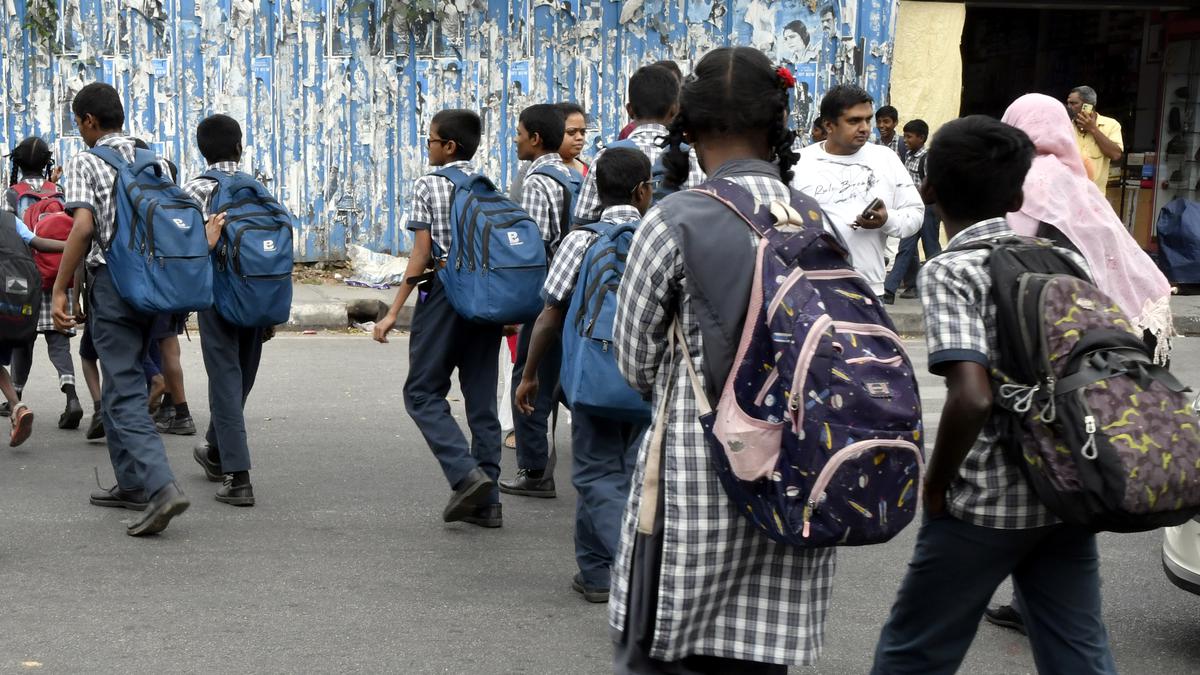
Shrinking RTE quota turns private school education into just a dream for many
The Hindu
RTE Act struggles in Bengaluru as private schools opt out, leaving parents like Nagaraj in despair.
“I am a driver and my daughter is six and has to be admitted to class 1. I was hoping my daughter would enrol in a good private school through the RTE (Right To Education) Act quota. But no private schools in our ward are covered under RTE this year. I cannot afford the private school fees. I don’t know what to do,” Nagaraj, a parent from Banashankari in south Bengaluru, said, feeling disappointed and helpless.
Among the most debated provisions of the RTE Act is setting aside 25% of seats in private schools for children belonging to weaker sections and disadvantaged groups. While the legislation promised free and compulsory education for all children until the completion of elementary schooling, this specific provision also opened the doors of private schools for children from all sections. The Act was enacted in 2009, and the rules for the Act were framed and implemented in Karnataka from April 28, 2012.
Under this system, the Department of School Education and Literacy (DSEL) invites applications from eligible candidates for the selection of RTE seats, which are allocated through a lottery system. However, one can apply for RTE seats only within the neighbourhood or ward, with specified distance criteria. The government reimburses the children’s fees. In the academic year 2018-19, a total of 14,000 private schools across Karnataka had to give 1,20,055 RTE quota seats.
However, it all changed when some rules under the Act were amended in 2018. Rule 4 was changed, which meant that if there is a government or a government-aided school within the limits of any ward or neighbourhood, private unaided schools are not recognised as “neighbourhood schools” where seats should be made available under the RTE quota. The amended Act came into force on January 30, 2019.
Since then, the number of seats available in private schools has steadily declined. In 2019-20, the number of RTE schools in Karnataka fell to 268, and the number of RTE seats decreased to 14,372. Only 4,699 students enrolled in schools.
In Bengaluru, after the amendment of the RTE Act, only 27 private schools came under RTE, especially in Girinagar and Ganesh Mandir wards. After delimitation in 2022, the number of schools declined to four. After the delimitation of wards in 2023, these four schools were also exempted from RTE.
Thus, in the academic year 2024-25, there isn’t a single private school in Bengaluru that can give RTE quota seats. That is because, after the latest delimitation of wards, all wards have government or aided schools within the prescribed distance criteria.

Lumara, a new resto-bar in Bengaluru, takes inspiration from the Mediterranean style of architecture
Located in the heart of the city, Lumara has innovative cocktails, and a global menu












